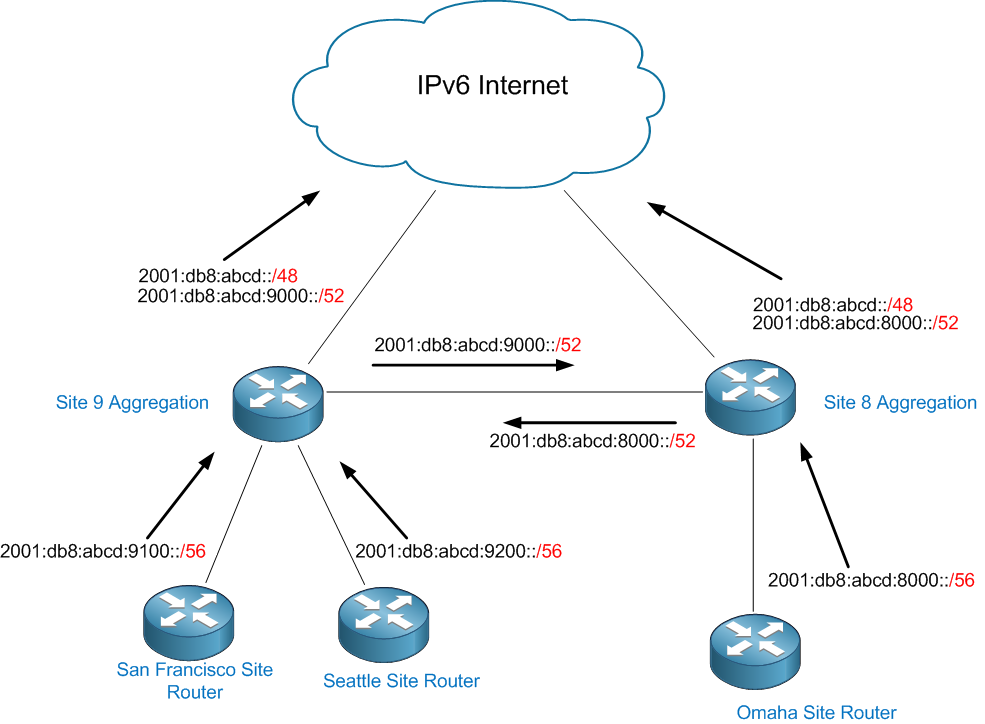I’m gonna share an article which I found from Cisco Support Community. Although it’s not that much new, but it’s kinda interesting overview.
The sheer number of bits in an IPv6 address can make IPv6 subnetting intimidating at best. With the addition of a new addressing scheme it’s easy to get lost trying to break up your brand new /48 address across your enterprise.
The New Boss, Same as the Old Boss
Subnetting with IPv6 is not drastically different than subnetting with IPv4, we just need to keep a few things in mind:
1.) Each character in an IPv6 address represents 4 bits (a nibble).
Since 0xF is 1111 in binary, it’s easy to fall back into an IPv4 habit and forget that 0x11 is actually 0001 0001 in binary.
2.) Each IPv6 set represent 16 bits (4 characters at 4 bits each).
Keeping this in mind can make breaking up subnets a bit easier.
3.) Once it’s in binary nothing changes!
It’s easy to get lost in so many binary digits but the math is all the same. Each subnet bit is one fewer host bit and vice versa.
Setting the Ground Rules
The leading practice is to receive at least a /48 prefix from an ISP. This leaves you with 2^80 bits to manipulate (128 bit address – 48 bits that can’t be changed = 80 bits to use). More bits than the entire IPv4 address space! Continue reading “IPv6 Subnetting – Overview and Case Study”
